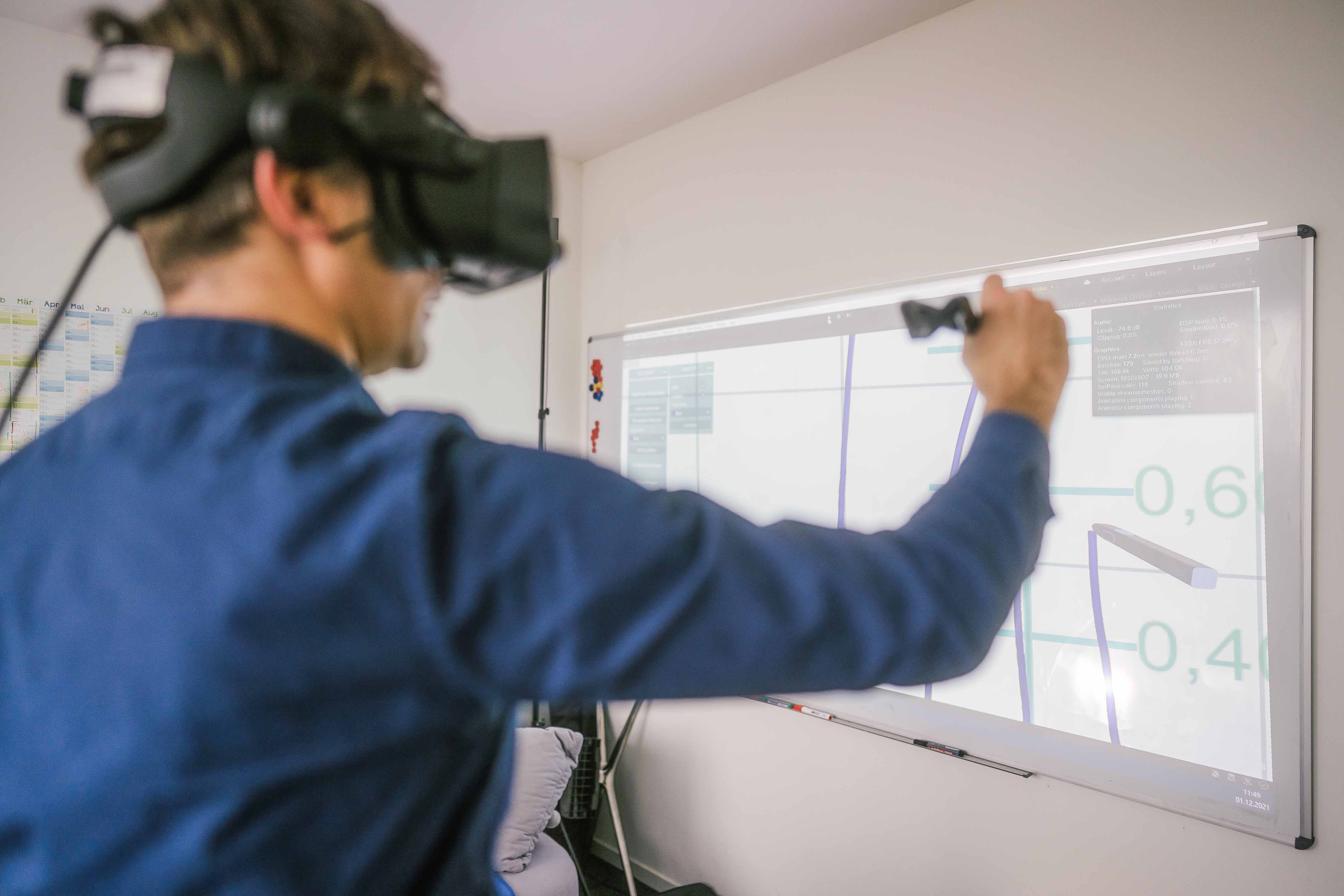A Balance of Usability and UX

Complaints about inadequate user interfaces in digital systems are as old as this generation of systems is, and they are often justified. Until recently, the term »user errors« was commonly used and the responsibility for malfunctions was shifted onto the users. Since human-centered development processes have been established, however, it has become increasingly clear that »operating errors « have their origin in inadequately designed user interfaces – often caused by a lack of understanding for the users and a lack of conceptual work. Raising awareness of this is an important challenge, particularly in university education, and perhaps no discipline is better positioned to achieve this than the multi-faceted field of design. How important patience, failure, a variety of methods, empathy, creativity and aesthetics are when searching for suitable interaction concepts and design solutions is conveyed most intensively in this field. It was right to include these perspectives in the curricula of technical programs, and it is essential to do so where it has not yet been done.
Karen Holtzblatt’s contextual design is currently considered the most thorough analytical and design tool in the field of human-centered development. This approach uses ethnographic methods to collect data in the field and employs multiple stages of analysis to consolidate it in order to develop efficient systems geared toward the actual requirements and workflows of users. The focus on user comfort, which is emphasized in the concept of user experience (UX), is correct and in line with current trends. However, it must not be allowed to change to the effect that usability criteria, which are often perceived as too factual and whose ISO standard 9241-110 underwent significant changes in 2020, or cognitive and perceptual psychological aspects receive less attention or are even ignored as being outdated. To design efficient, ergonomic and co-evolving user interfaces that leave their users with as many resources as possible to resolve their actual tasks instead of wasting them on interactions with the system, the right theoretical knowledge needs to be available. This comes with a plea to include this type of content in the curricula of technical disciplines. Design agencies that specialize purely in UX should also give a more important role to the concept of usability, which is oriented in particular towards efficiency and effectiveness.
Johann Habakuk Israel
studied informatics at TU Berlin and completed a PhD at Fraunhofer IPK in 2009 on the subject of »Hybrid Interaction Techniques for Immersive Sketching.« Since 2015 he has been professor of applied informatics at the Berlin University of Applied Sciences, where he was involved in the foundation of the »Computer Science in Culture and Health« program. »For many years now, the field of human-machine interaction has been expecting a breakthrough in virtual or extended reality (VR, XR) technology«, says the Fraunhofer alumnus, whose research focuses on these technologies. »The fact that they have not yet become as established as expected is due in part to user interface problems. Interaction concepts and their actual use in practice are often still too far apart. In the project ›Participation in Urban Planning Processes in Virtual and Real Spaces (INSPIRER)‹ funded by the German Federal Ministry of Education and Research (BMBF), we are therefore developing virtual and augmented reality methods in close contact with users. Our goal here is to design urban planning processes to be more democratic.«
 Fraunhofer Institute for Production Systems and Design Technology
Fraunhofer Institute for Production Systems and Design Technology
